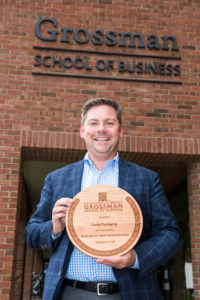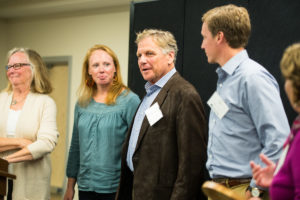Elissa is a Connecticut native who received her undergraduate degree in Art History and Dance from Washington University in St. Louis. After graduating, Elissa attended the Ailey School in NYC before embarking on her professional dance career. Elissa comes to The Sustainable Innovation MBA from Lululemon where she channeled her natural curiosity and knack for visual storytelling into management and visual merchandising roles. Connect with her on LinkedIn.
Why did you choose to attend The Sustainable Innovation MBA program?
 I chose this program for its welcoming, collaborative environment and because I wanted learn the questions to ask and tools to use to make business better. I also love knowing that I will be back out in the world in less than a year, better equipped to make a difference!
I chose this program for its welcoming, collaborative environment and because I wanted learn the questions to ask and tools to use to make business better. I also love knowing that I will be back out in the world in less than a year, better equipped to make a difference!
What has been your favorite part of the program thus far?
So far my favorite element of the program has been the quality and array of guest speakers. There is an incredible network of sustainability and business professionals around this program, and being able to connect with them has been extremely valuable to all of us.
What are three things someone considering the program should be aware of?
1) This program fosters an intimate and collaborative environment to learn and work in
2) Days fill up quickly and there are numerous opportunities to take advantage of outside of the classroom so you need to prioritize what you are most interested in and curious about
3) This program is situated in an amazing city so no matter how much work you have, make sure to make time to get out of the classroom and explore!
How has The Sustainable Innovation MBA program benefitted you so far?
I feel so fortunate to be surrounded by my amazing cohort everyday. I know the relationships I am building will be lasting and I cannot wait to see what we all get up to after the program.

 Despite these amazing numbers, almost everyone has experienced a time when our brain seems small; incapable of remembering simple things, and incapable of performing simple tasks. This happens to almost everyone, including the brilliant minds of UVM’s Sustainable Innovation MBA students.
Despite these amazing numbers, almost everyone has experienced a time when our brain seems small; incapable of remembering simple things, and incapable of performing simple tasks. This happens to almost everyone, including the brilliant minds of UVM’s Sustainable Innovation MBA students.

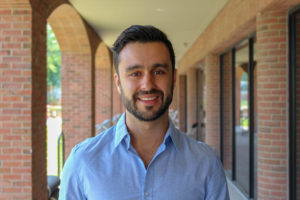 “
“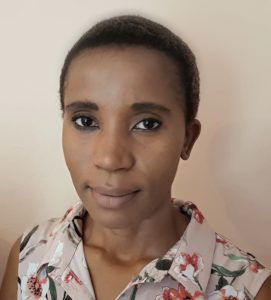 “Moving to Vermont for the program was not without its challenges, and they included but were not limited to: finding accommodation from another continent, completing a visa application in three weeks and moving two chunky pieces of luggage between four flights. But the most difficult part about the whole move was explaining to friends and family where
“Moving to Vermont for the program was not without its challenges, and they included but were not limited to: finding accommodation from another continent, completing a visa application in three weeks and moving two chunky pieces of luggage between four flights. But the most difficult part about the whole move was explaining to friends and family where 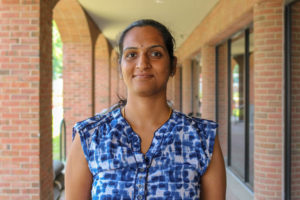 “Fortunately, I didn’t have the problem of explaining where Vermont is to my family and friends like Noelle, because I was already living in Vermont. But, when I was moving from Boston, I received lot of questions on where
“Fortunately, I didn’t have the problem of explaining where Vermont is to my family and friends like Noelle, because I was already living in Vermont. But, when I was moving from Boston, I received lot of questions on where 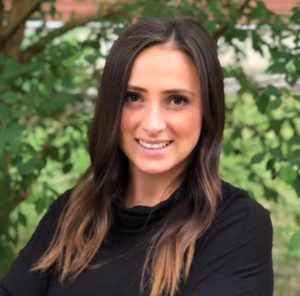 “Here are my Top 5 things to know as a Canadian studying in Burlington:
“Here are my Top 5 things to know as a Canadian studying in Burlington: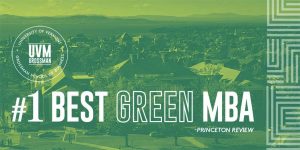 This is a significant recognition for the program and
This is a significant recognition for the program and 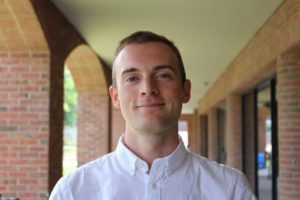 If ever there has been an MBA program designed with disruption and creative destruction in mind, it’s this one. This MBA isn’t a fast track to Wall Street, it’s a fast track to learning how to be a serial industry disruptor.
If ever there has been an MBA program designed with disruption and creative destruction in mind, it’s this one. This MBA isn’t a fast track to Wall Street, it’s a fast track to learning how to be a serial industry disruptor.